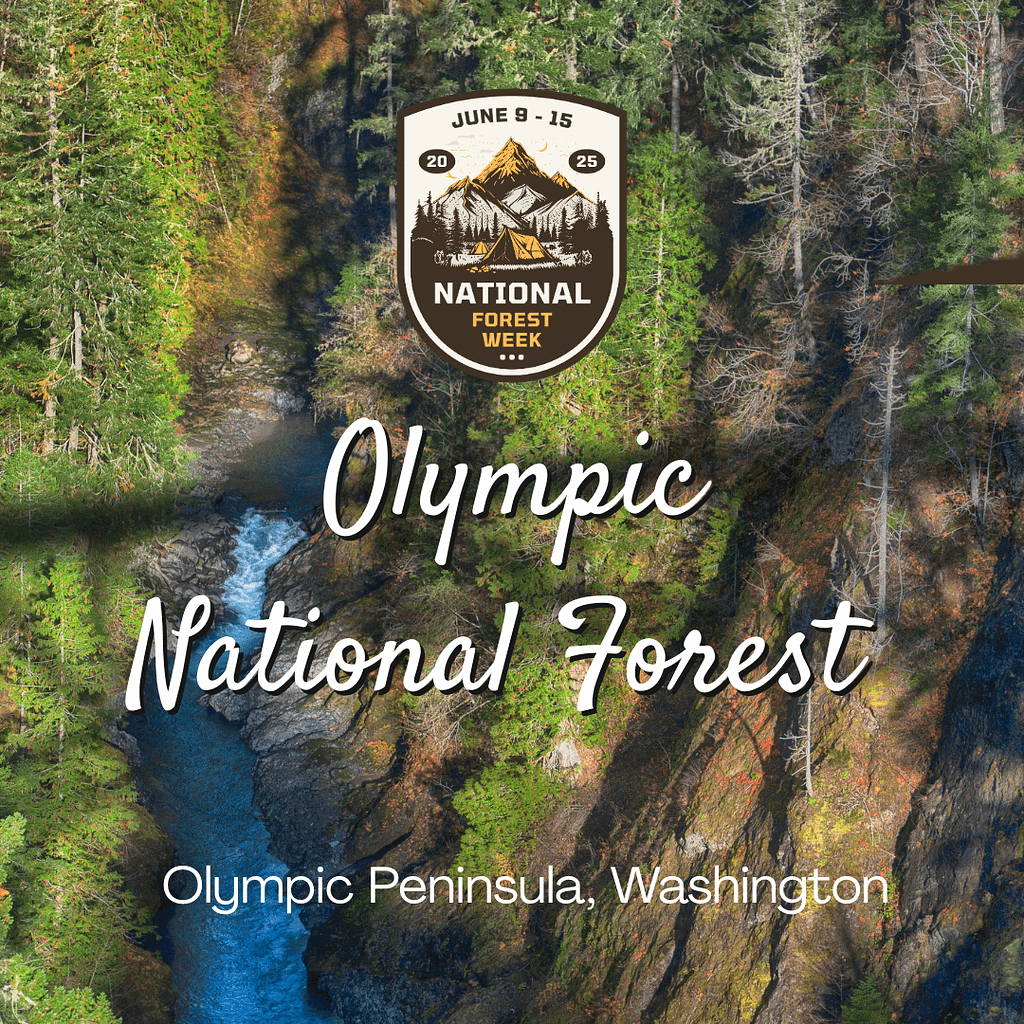
Situated on the Olympic Peninsula in the state of Washington, the Olympic National Forest is a stunning natural haven that attracts countless visitors each year. This sprawling forest encompasses nearly 628,115 acres and offers a diverse range of ecosystems and breathtaking landscapes. From lush rainforests to snow-capped mountains, the Olympic National Forest is a treasure trove of natural beauty and adventure. In this blog post, we will explore the forest’s rich history, diverse tree species, vibrant wildlife habitats, captivating wilderness areas, and exciting outdoor recreation opportunities. Prepare to embark on a journey through one of the most enchanting natural wonders in the United States.

Origin and History of the Forest
The Olympic National Forest has a fascinating history that dates back thousands of years. Before European settlers arrived in the region, the Olympic Peninsula was home to several Native American tribes, including the Quinault, Hoh, Quileute, and Makah peoples. These tribes thrived in the area, relying on the forest’s abundant resources for food, shelter, and cultural practices.
In the 19th century, European settlers began to explore and settle on the Olympic Peninsula, drawn by its timber resources and the promise of fertile land. In 1897, President Grover Cleveland established the Olympic Forest Reserve to protect the area’s rich natural resources and prevent overexploitation. This act marked the beginning of federal conservation efforts in the region.
Over the years, the forest’s designation changed several times, and in 1905, it became part of the newly formed U.S. Forest Service. In 1938, the establishment of Olympic National Park helped to further protect the area’s unique ecosystems and landscapes. Today, the Olympic National Forest and Olympic National Park work in tandem to preserve the region’s natural beauty and biodiversity.
Types of Trees Within the Forest
The Olympic National Forest is home to a diverse array of tree species, each contributing to the forest’s unique ecosystems. The forest’s diverse climate and topography support a variety of tree communities, from temperate rainforests to dry lowland forests.
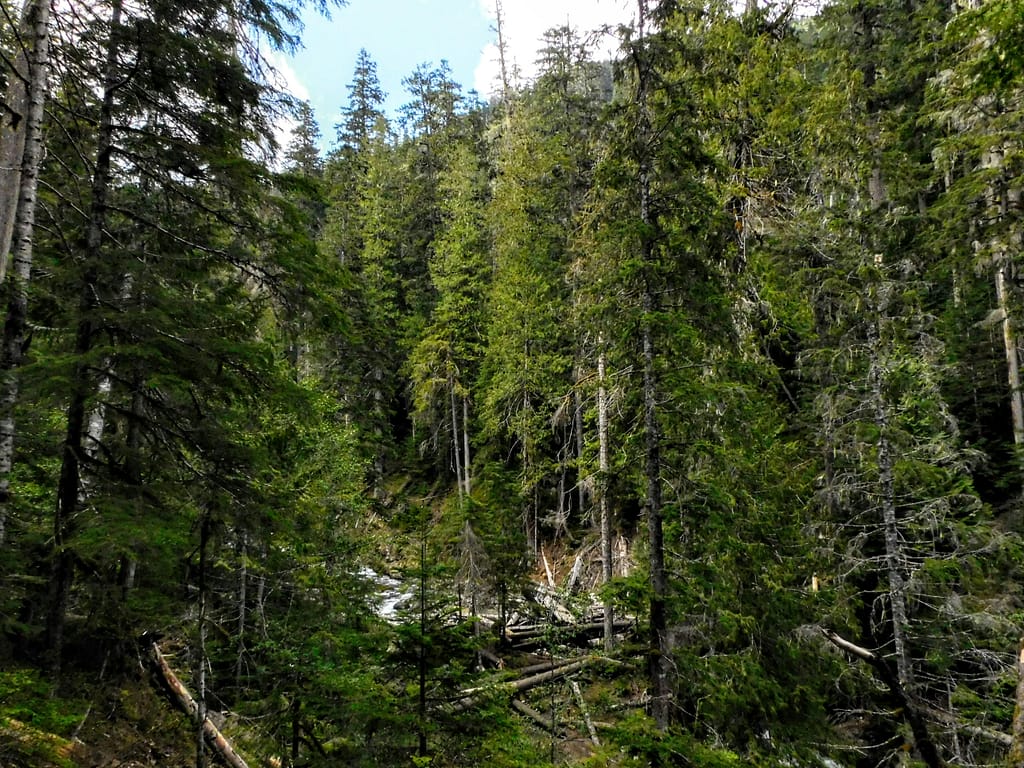
One of the most iconic tree species found in the forest is the Douglas Fir. These towering giants can reach heights of over 300 feet and live for hundreds of years. Their thick bark and dense wood make them highly resistant to fire and decay, allowing them to thrive in the forest’s diverse environments.
Another notable species is the Western Hemlock, the state tree of Washington. This tree is well-adapted to the moist conditions of the Olympic Peninsula and can be found throughout the region. Its soft needles and drooping branches give it a distinctive appearance.
The Sitka Spruce is another common species, particularly in the coastal areas of the forest. These trees are known for their tall, straight trunks and are highly valued for their strong, lightweight wood.
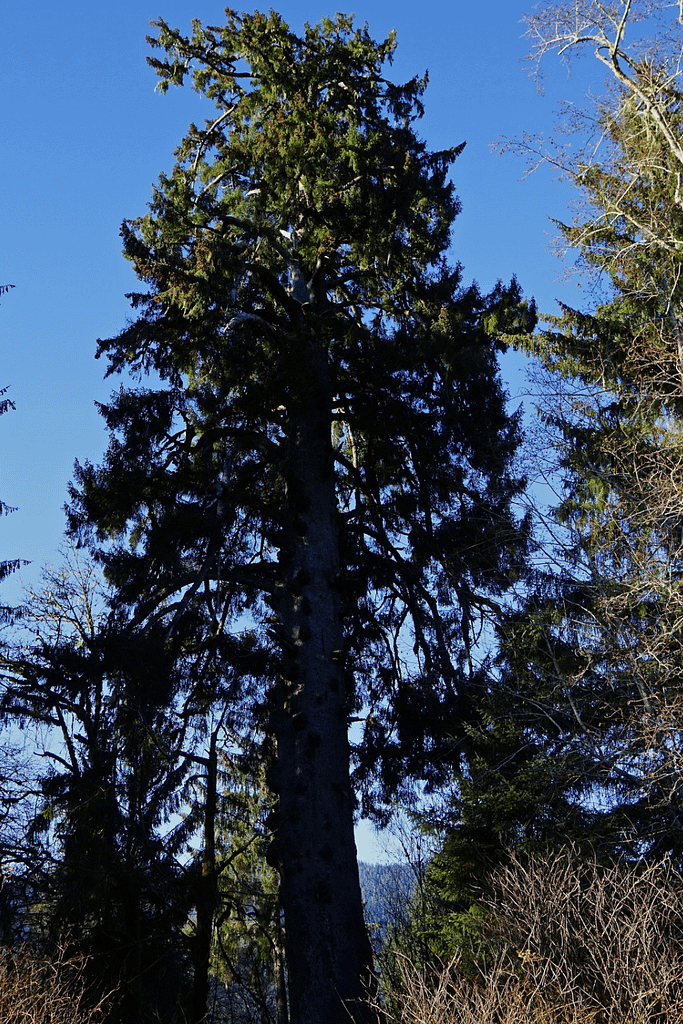
In the drier lowland areas, you’ll find the Pacific Madrone, a unique tree known for its striking red bark and twisted branches. This tree adds a touch of color and character to the forest’s diverse landscape.
Wildlife Habitats in the Forest
The Olympic National Forest provides a sanctuary for a wide range of wildlife species, thanks to its varied ecosystems and abundant resources. The forest’s diverse habitats, from dense rainforests to alpine meadows, offer critical support for both common and rare species.
One of the most iconic inhabitants of the Olympic National Forest is the Roosevelt Elk. These majestic creatures are the largest elk species in North America and can often be seen grazing in the forest’s meadows and open areas. Their presence is vital for maintaining the health of the forest ecosystem, as their grazing helps to control vegetation growth.
Bird enthusiasts will delight in the forest’s rich avian life. The Marbled Murrelet, a small seabird, nests in the old-growth forests of the Olympic Peninsula. This bird is considered a threatened species, making the Olympic National Forest an important habitat for its conservation.
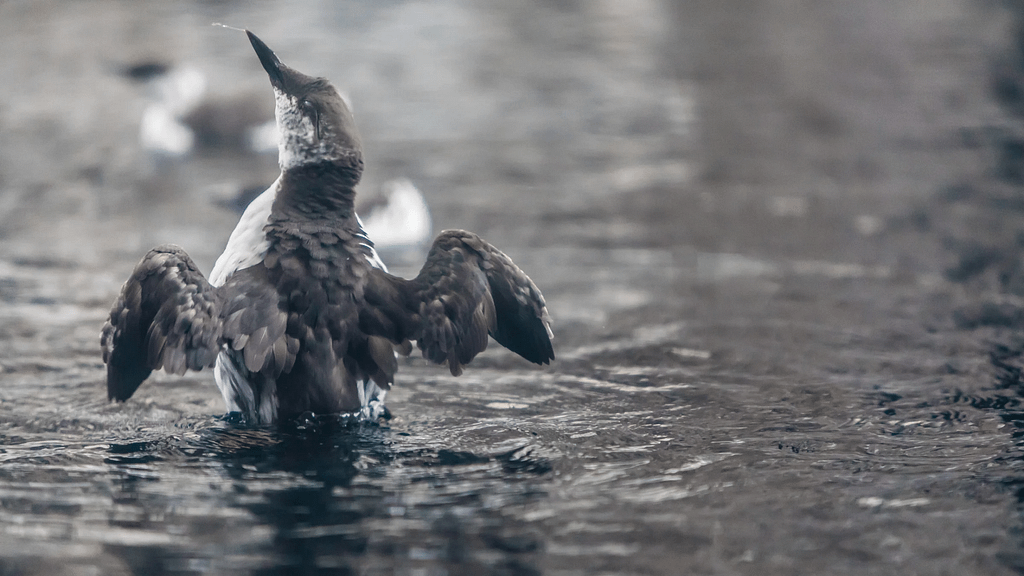
The forest is also home to the elusive Olympic Marmot, a species found only on the Olympic Peninsula. These small, burrowing mammals are known for their playful behavior and distinctive whistling calls. They thrive in the forest’s alpine meadows and rocky slopes.
In addition to these species, the Olympic National Forest supports a diverse array of mammals, birds, amphibians, and fish. The forest’s pristine rivers and streams provide critical spawning grounds for salmon and steelhead, contributing to the region’s vibrant aquatic ecosystems.
Wilderness Areas of Olympic National Forest
The Olympic National Forest boasts several designated wilderness areas that offer visitors the opportunity to explore untouched natural landscapes. Each wilderness area has its own unique features and attractions, providing a range of experiences for outdoor enthusiasts.
The Colonel Bob Wilderness: Named after Colonel Robert G. Ingersoll, this area spans over 11,000 acres and is known for its rugged terrain and stunning vistas. Hikers can enjoy a network of trails that lead to the summit of Colonel Bob Mountain, offering breathtaking views of the surrounding landscape.
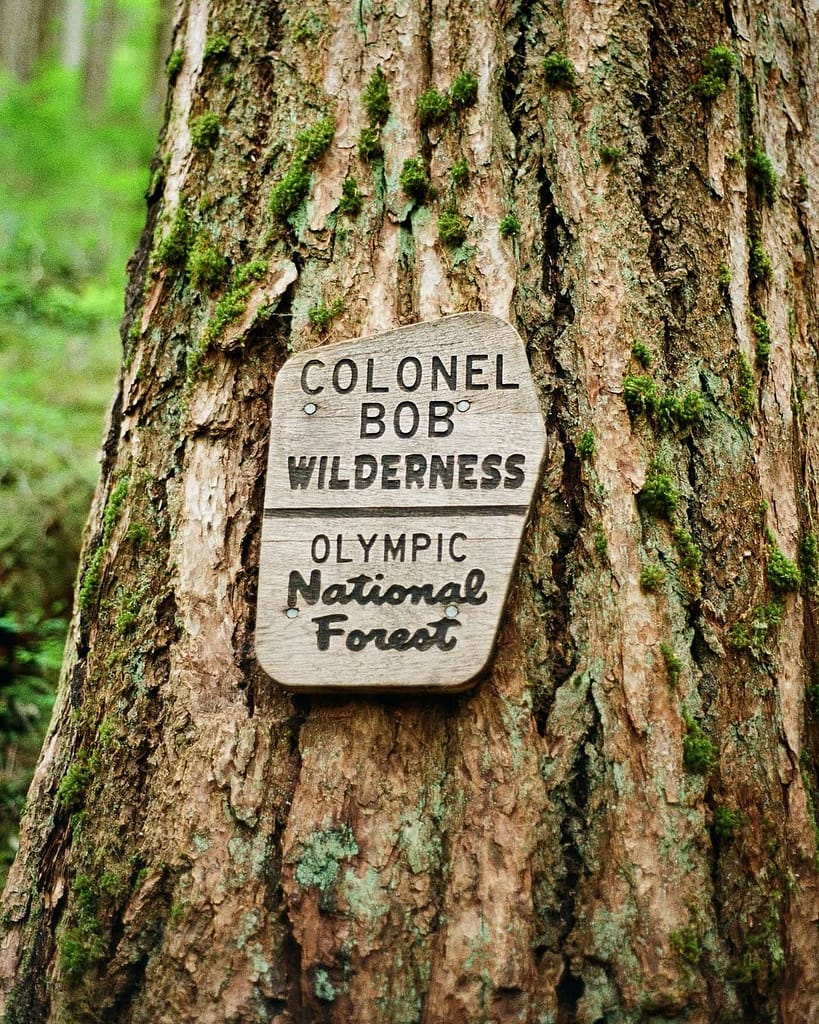
The Buckhorn Wilderness: Covering nearly 20,000 acres within the expansive 600,000-acre national forest, hikers and backpackers alike find it challenging to traverse. Its rugged terrain features dramatic elevation shifts and steep cliffs that define its natural beauty. Moreover, this scenic enclave partners with neighboring wilderness areas to form an awe-inspiring mosaic of untouched landscapes, inviting exploration and discovery.

The Brothers Wilderness: Encompassing over 16,000 acres, this wilderness area is named after the prominent peaks of The Brothers, part of the Olympic Mountains’ eastern range. The area is renowned for its challenging trails and striking alpine scenery, making it a favorite among experienced hikers and climbers.
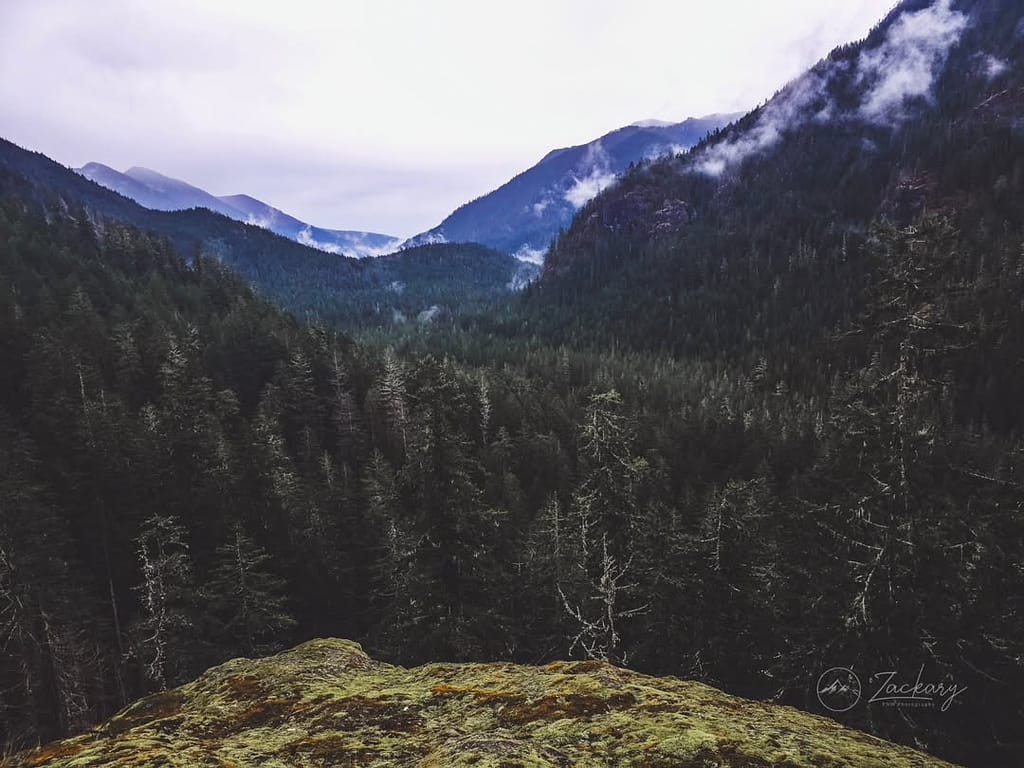
The Mount Skokomish Wilderness: Covering more than 13,000 acres, this wilderness area is home to the towering peaks of the Mount Skokomish massif. The area’s diverse landscapes, from dense forests to alpine meadows, provide a habitat for a wide range of wildlife species.
The Wonder Mountain Wilderness: Spanning 2,349 acres, this smaller wilderness area is characterized by its lush forests and steep ridges. The area offers a more secluded experience for visitors seeking solitude and a connection with nature.
Outdoor Recreation Opportunities
The Olympic National Forest is a playground for outdoor enthusiasts, offering a wealth of recreational opportunities for visitors of all ages and skill levels. Whether you’re seeking a leisurely hike or a thrilling adventure, the forest has something for everyone.
Hiking is one of the most popular activities in the forest, with hundreds of miles of trails to explore. From easy walks through lush rainforests to challenging climbs up rugged mountain peaks, there are trails to suit every preference and ability level. Notable trails include the Hoh River Trail, which offers a journey through a temperate rainforest, and the challenging ascent of Mount Ellinor.
For those who prefer to explore on two wheels, the forest offers numerous mountain biking trails that wind through diverse terrains. The Lower Dungeness Trail and the Mount Muller Loop are popular choices for mountain bikers seeking thrilling rides and stunning scenery.
The forest’s rivers and lakes provide ample opportunities for fishing and boating. Anglers can cast their lines in search of salmon, trout, and steelhead, while kayakers and canoeists can paddle through serene waters surrounded by breathtaking landscapes.

In the winter months, the forest transforms into a wonderland for snowshoeing and cross-country skiing. The Hurricane Ridge area, located within Olympic National Park, offers groomed trails and panoramic views of the snow-covered Olympic Mountains.

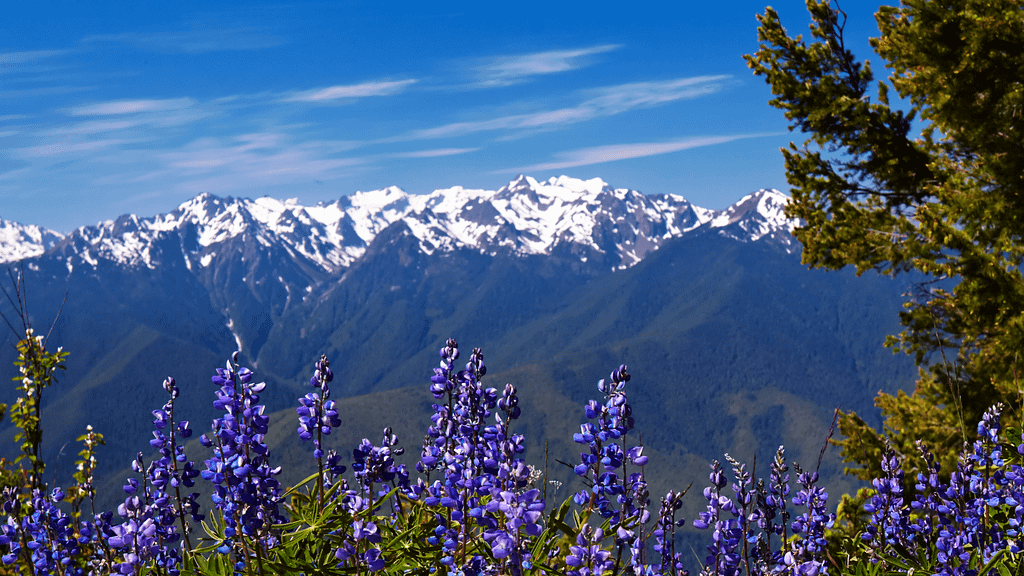
Impact on Surrounding Communities
The Olympic National Forest plays a vital role in the economic and cultural life of the surrounding communities. The forest attracts visitors from around the world, boosting the local economy through tourism and outdoor recreation. Local businesses, including hotels, restaurants, and outdoor outfitters, benefit from the influx of visitors seeking to experience the forest’s natural beauty.
Moreover, the forest provides essential ecosystem services, including clean air and water, which contribute to the health and well-being of nearby communities. The preservation of the forest’s diverse ecosystems helps to maintain the region’s rich biodiversity, ensuring that future generations can continue to enjoy its wonders.
Closing Reflection
The Olympic National Forest is a remarkable natural treasure that offers countless opportunities for exploration and adventure. Its diverse ecosystems, rich history, and stunning landscapes make it a destination worth visiting. Whether you’re a nature enthusiast, an outdoor adventurer, or simply seeking a peaceful retreat, the Olympic National Forest promises an unforgettable experience.
Relevant Links
Official Website of Olympic National Forest: Discover more about the forest, including maps, trail conditions, and visitor information.
National Forest Foundation: Learn about conservation efforts and how you can support the preservation of national forests across the U.S.
Washington Trails Association: Find detailed trail guides and trip reports for hiking in the Olympic National Forest.
Olympic Park Associates: Explore advocacy efforts and initiatives to protect the Olympic wilderness areas.
Photographer Credits
We deeply appreciate the talented photographers who share Olympic National Forest’s magic with the world. Your lens transforms quiet trails, rushing waterfalls, and dense forests into unforgettable moments, inviting us to explore and cherish nature. Follow their adventures through the links provided and witness the passion they pour into every fram
- Quinault River – Summitborn
- Iconic sign – Claire Lorenzo
- Buckhorn Wilderness – Jesse Taylor
- The Brothers Wilderness – Zackary

